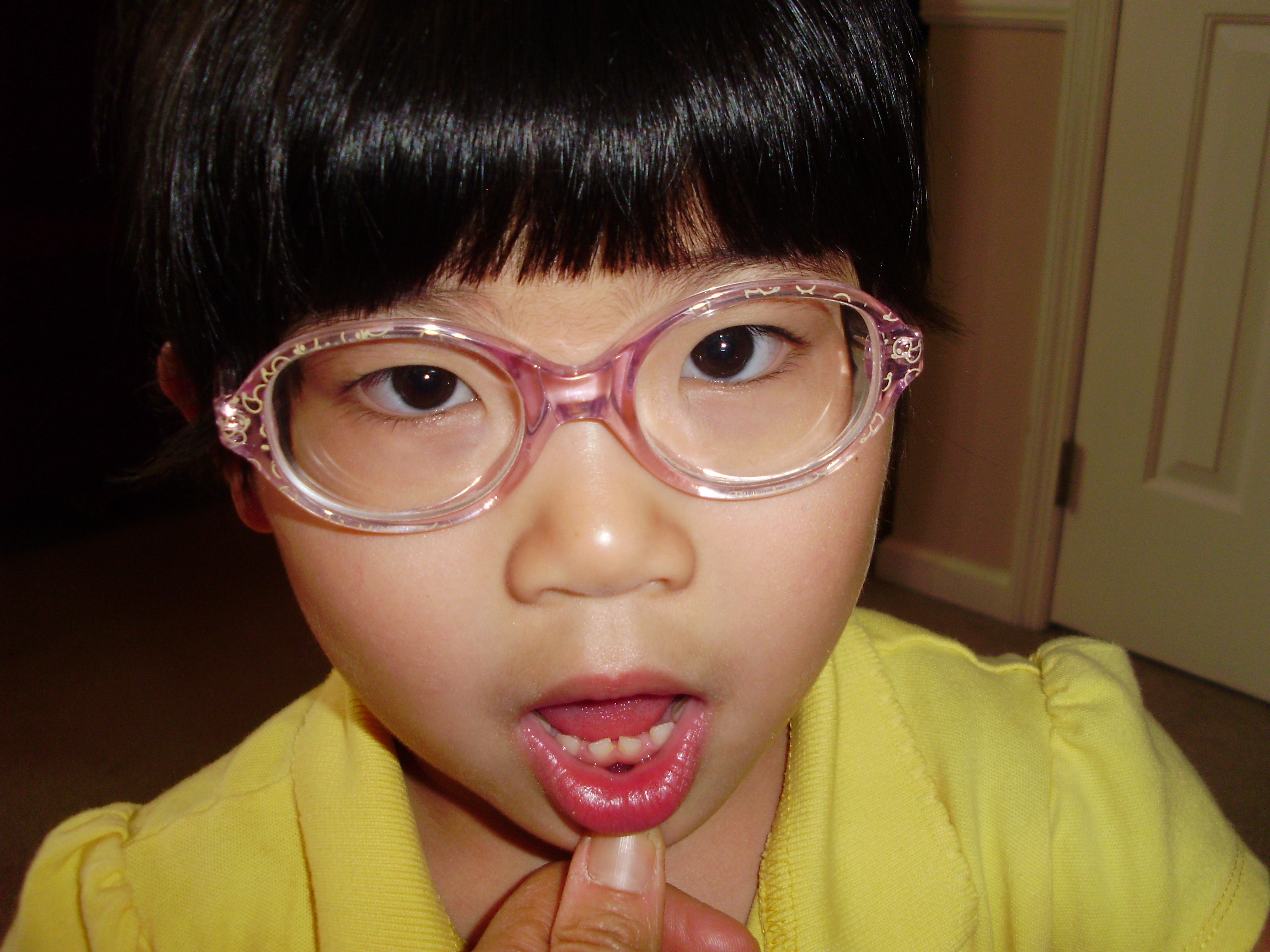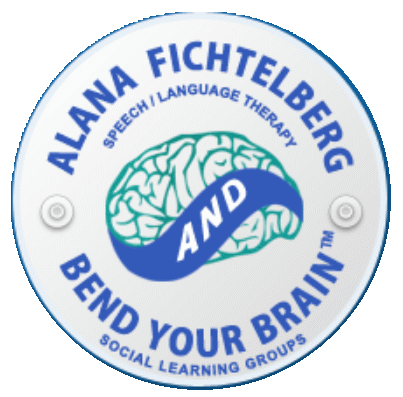Speech Therapy & PROMPT®

At Bend Your Brain we provide speech / language therapy strategies for students with various issues, ranging from children who have difficulty with one or two specific sounds, all the way through those who are non-verbal.
Our therapy is individualized because not all children respond to the same type of intervention. Parents are a vital part of the therapy and are provided with instruction how to carry out home practice.
Does My Child Need Speech / Language Therapy?
Children whose speech and language are not developing at the same rate as other children their age may require professional help in this area.
Some children have trouble articulating sounds, for example:
- dropping final sounds – saying “ka” for “cat”
- leaving off a sound when there are 2 consonants together – “poon” for “spoon”
These children may need instruction to learn how to produce the sound(s) correctly.
In children with Apraxia – muscle weakness or motor planning difficulties – the child knows what they want to say, but the sounds don’t come out correctly on demand.
Speech/Language Delay “Red Flags” – Check this list
Evaluating Your Child
There are a variety of issues behind speech disorders: Articulation, Child Apraxia, Dysarthria, Aphasia, Autism Spectrum Disorders, and Social Learning Challenges/Comprehension difficulties.
We evaluate each child to determine the reasons for the speech sound difficulties. Then, with input from the parents, we develop an individualized program.
Contact us to schedule an evalation
What Speech / Language Therapy Strategies Do We Use?
PROMPT® is one of the highly successful strategies we use to address speech AND language difficulties.
We also use other techniques, such as signing and the Kaufman approach, for a multi-sensory approach that is individually based upon what the student responds to.
Does Your Child Exhibit Any of These Speech / Language Red Flags?
Having 1 or 2 of the items listed below may or may not be a cause for concern. But when in doubt, check it out with a Pediatrician, Audiologist, and/or Speech/Language Pathologist.
And don’t be shy if something still doesn’t feel right. Seek further help.
Please call us with any questions: 973-420-6707 or 561-200-2098.
- Avoids eye contact. (Establishing eye contact developed by about 6 months of age).
- By 12 months old: not pointing/gesturing
- By 14 – 15 months old: doesn’t look for an object that was hidden in their view (i.e. under a pillow).
- Doesn’t babble.
- By 16 – 18 months old: not talking
- Should have language bursts at 18 months of age and about 2 ½ years of age – noticeable increase of vocabulary and length of sentences.
- Doesn’t imitate many gestures/sounds.
- Past 24 months old: extensive drooling
- Toddler with limited speech sounds.
- Toddler who constantly spins toys or lines up items.
- Has elaborate play, but expressive language noticeably less advanced.
- By 2 years old: not using 2 word phrases
- By 2 ½ – 3 years old: difficulty following simple 2-step directions
- By 3 years old
- understanding of language is much more advanced than his speaking.
- echoing or parroting without clear intent
- By 4 years old
- should be able to produce “p,b,m,t,d,n,w,y,k,g,” with “f,v” close behind.
- has multiple speech sound omissions
- speech is difficult to understand (should be about 75% understandable by 4 years old).
- child clearly prefers adults to peers to play and talk to
- has Pronoun confusion (such as “me” for “I”)
- Vowel errors when speaking.
- Speech contains prolongations of sounds in words (i.e. “baaaaaaby” for “baby”).
- Three or more part-word/sound repetitions (i.e. “puhpuhpuhpark” for “park”).
- Child shows awareness of his dysfluency. (Many children do develop normal dysfluency as their language explodes between 2- 3 years of age).
- Frequent frustration (i.e. tantrums) about not being able to be understood or express what he wants to say.
- Child is self-conscious about talking.
- Child who has physical behaviors (i.e. eye blinks, facial grimaces) as struggles to get words out.
- Language or social regression.
- Child frequently says, “Huh?” or requires directions frequently repeated.
- History of frequent ear infections AND demonstrating some of the above.
